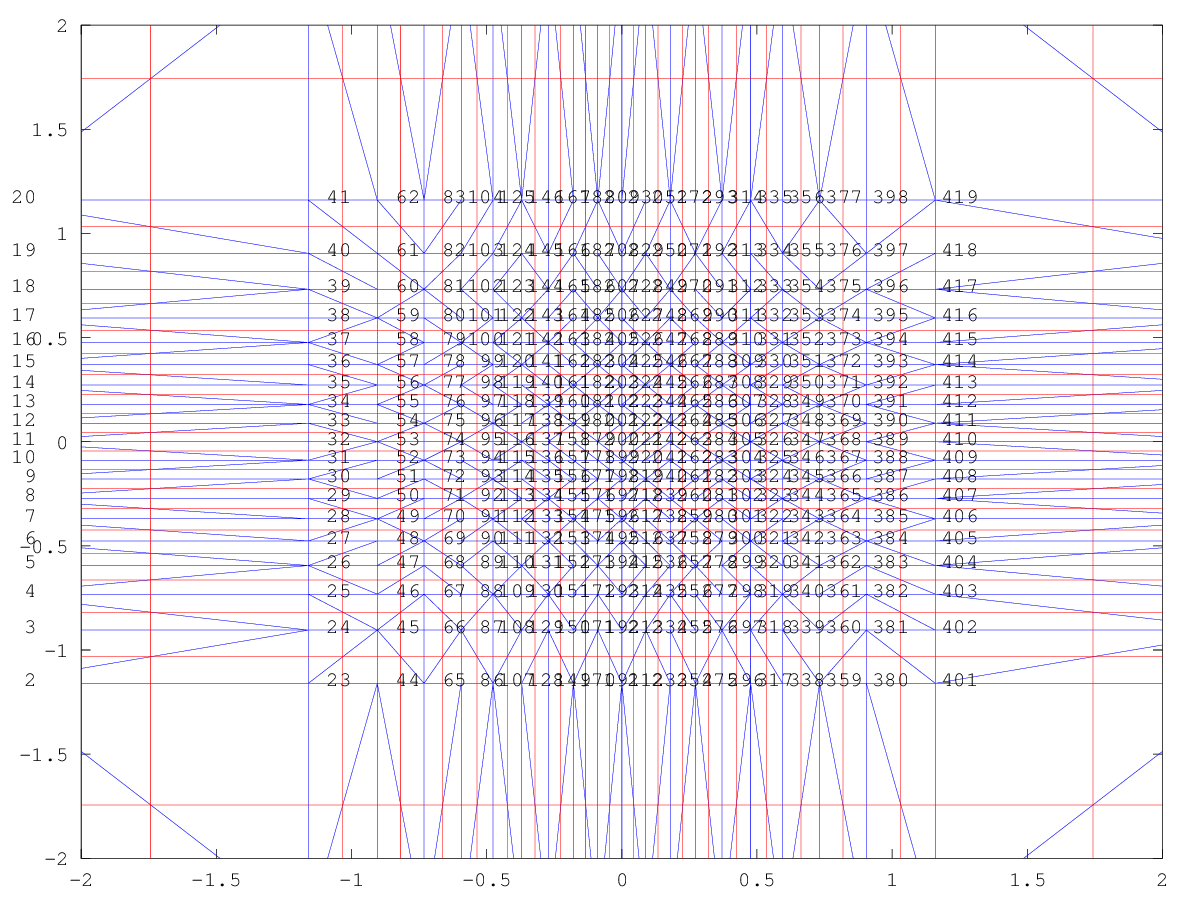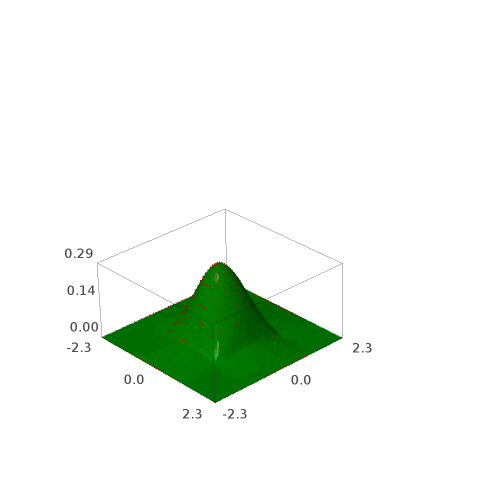
/projects/sage/sage-6.10/local/lib/python2.7/site-packages/matplotlib-1.5.0-py2.7-linux-x86_64.egg/matplotlib/cbook.py:136: MatplotlibDeprecationWarning: The matplotlib.delaunay module was deprecated in version 1.4. Use matplotlib.tri.Triangulation instead.
warnings.warn(message, mplDeprecation, stacklevel=1)
3D rendering not yet implemented
3D rendering not yet implemented

d3-based renderer not yet implemented
error: condest: matrix must be square
error: called from
condest at line 130 column 7
polyfit2d at line 65 column 5
/projects/b04b5777-e269-4c8f-a4b8-b21dbe1c93c6/.sage/temp/compute4-us/18905/interface/tmp18975 at line 52 column 11
3D rendering not yet implemented
3D rendering not yet implemented
3D rendering not yet implemented
Can't find PostScript prologue file prologue.ps
loadpath is empty
gnuplotrc is read from /projects/24a70e9b-9eee-4d22-8665-b589c410fa4b/share/gnuplot/5.0
no XAPPLRESDIR found in the environment,
falling back to "/etc/X11/app-defaults/"
Please copy prologue.ps to one of the above directories
or set the environmental variable GNUPLOT_PS_DIR
or set the loadpath appropriately
line 0: Plot failed!
Can't find PostScript prologue file prologue.ps
loadpath is empty
gnuplotrc is read from /projects/24a70e9b-9eee-4d22-8665-b589c410fa4b/share/gnuplot/5.0
no XAPPLRESDIR found in the environment,
falling back to "/etc/X11/app-defaults/"
Please copy prologue.ps to one of the above directories
or set the environmental variable GNUPLOT_PS_DIR
or set the loadpath appropriately
line 5599: Plot failed!
Can't find PostScript prologue file prologue.ps
loadpath is empty
gnuplotrc is read from /projects/24a70e9b-9eee-4d22-8665-b589c410fa4b/share/gnuplot/5.0
no XAPPLRESDIR found in the environment,
falling back to "/etc/X11/app-defaults/"
Please copy prologue.ps to one of the above directories
or set the environmental variable GNUPLOT_PS_DIR
or set the loadpath appropriately
line 0: Plot failed!
Can't find PostScript prologue file prologue.ps
loadpath is empty
gnuplotrc is read from /projects/24a70e9b-9eee-4d22-8665-b589c410fa4b/share/gnuplot/5.0
no XAPPLRESDIR found in the environment,
falling back to "/etc/X11/app-defaults/"
Please copy prologue.ps to one of the above directories
or set the environmental variable GNUPLOT_PS_DIR
or set the loadpath appropriately
line 5599: Plot failed!
Can't find PostScript prologue file prologue.ps
loadpath is empty
gnuplotrc is read from /projects/24a70e9b-9eee-4d22-8665-b589c410fa4b/share/gnuplot/5.0
no XAPPLRESDIR found in the environment,
falling back to "/etc/X11/app-defaults/"
Please copy prologue.ps to one of the above directories
or set the environmental variable GNUPLOT_PS_DIR
or set the loadpath appropriately
line 0: Plot failed!
Can't find PostScript prologue file prologue.ps
loadpath is empty
gnuplotrc is read from /projects/24a70e9b-9eee-4d22-8665-b589c410fa4b/share/gnuplot/5.0
no XAPPLRESDIR found in the environment,
falling back to "/etc/X11/app-defaults/"
Please copy prologue.ps to one of the above directories
or set the environmental variable GNUPLOT_PS_DIR
or set the loadpath appropriately
line 5599: Plot failed!


